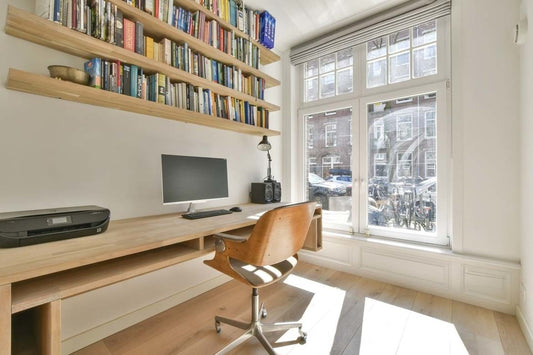An essential aspect of this setup is managing the wiring for your audio-visual equipment. Neatly running wires behind walls not only enhances the overall aesthetic but also ensures a safer and clutter-free environment. Let's delve into the process of effectively and safely running wires behind walls.
Planning your layout:
- Identify equipment locations: Determine where your screen, speakers, and other devices will be situated.
- Map out wire paths: Visualize and plan the path your wires will take from each device to the power source and other connections.

Getting started
You'll need a few tools like a stud finder, wire fishing tools, a drill with long drill bits, wall plates, brackets, and cable organizers. Start by using the stud finder to detect studs and avoid drilling into them. Also, be mindful of potential obstructions like pipes or electrical wiring.
Drilling and running wires
- Locating studs and obstacles: Use a stud finder to identify the studs in your walls and avoid drilling into them. Also, look out for potential obstructions like pipes or electrical wiring.
- Drilling access points: Carefully drill holes at the starting and ending points of your wire paths. These should be behind your equipment and near electrical outlets.
- Fishing wires: Use wire fishing tools to guide your wires through the holes and along the planned path inside the wall.
- Securing and organizing wires: Once the wires are in place, use cable organizers to keep them neat and prevent tangling.
Safety and organization
While running wires, safety should be your top priority. Make sure to turn off power in the area where you're working and always check for live wires. Avoid overcrowding wires in a single hole, as this can lead to wire damage and overheating, presenting a fire hazard.
Finishing up
After running the wires, installing wall plates at the entry and exit points gives a clean, professional finish. Test your setup to ensure all components are working correctly, and make any necessary adjustments.
Although it requires careful planning, the effort pays off with a sleek, professional-looking setup and a safer home. If you ever feel uncertain, consulting with a professional electrician or home theater installer is advisable.




